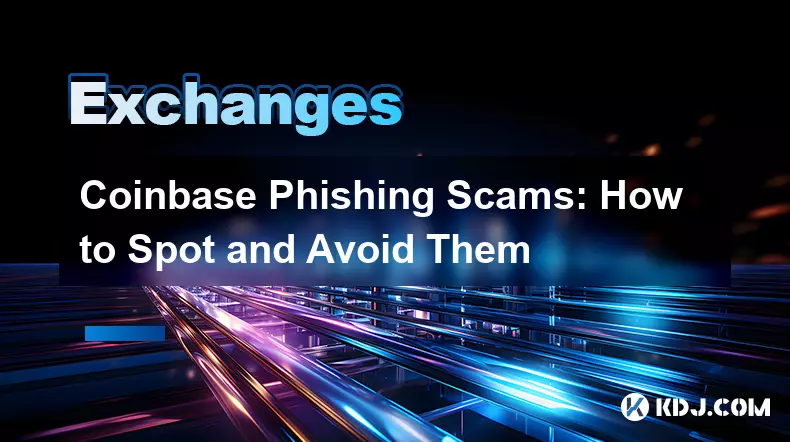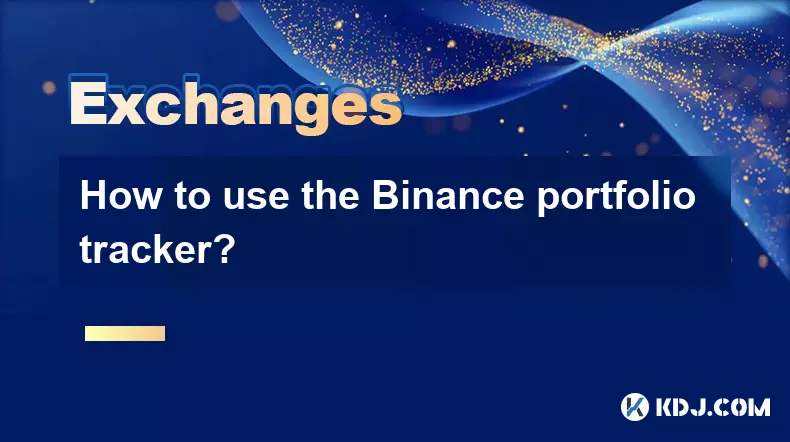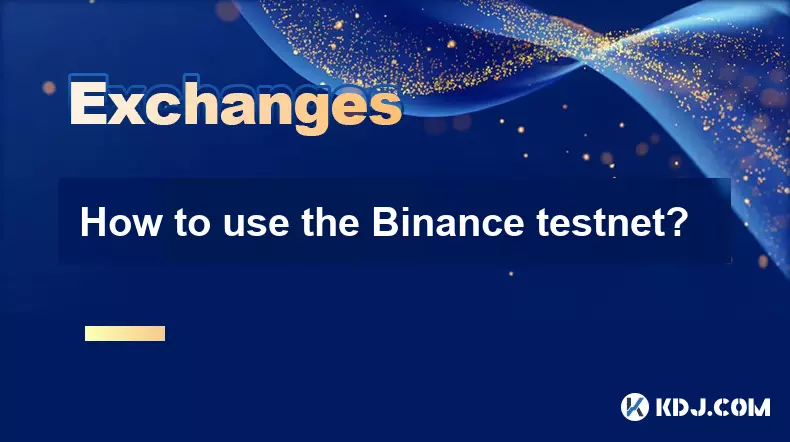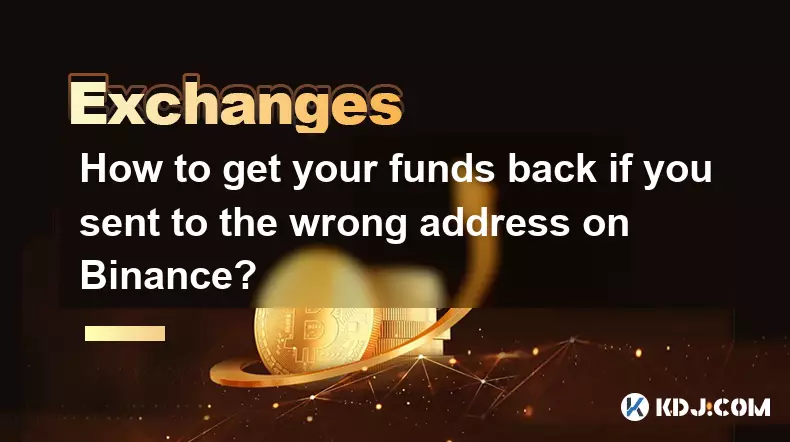-
 Bitcoin
Bitcoin $112100
0.77% -
 Ethereum
Ethereum $4474
3.78% -
 XRP
XRP $2.851
0.46% -
 Tether USDt
Tether USDt $1.000
0.01% -
 BNB
BNB $856.0
0.45% -
 Solana
Solana $209.3
1.04% -
 USDC
USDC $0.9998
-0.02% -
 Dogecoin
Dogecoin $0.2216
3.68% -
 TRON
TRON $0.3420
1.19% -
 Cardano
Cardano $0.8415
1.56% -
 Chainlink
Chainlink $23.79
1.74% -
 Hyperliquid
Hyperliquid $46.03
3.38% -
 Ethena USDe
Ethena USDe $1.001
0.04% -
 Sui
Sui $3.399
2.98% -
 Bitcoin Cash
Bitcoin Cash $599.8
3.03% -
 Stellar
Stellar $0.3628
-0.44% -
 Avalanche
Avalanche $25.24
4.29% -
 Cronos
Cronos $0.2809
9.58% -
 Hedera
Hedera $0.2203
0.68% -
 UNUS SED LEO
UNUS SED LEO $9.526
-0.04% -
 Litecoin
Litecoin $112.7
0.88% -
 Toncoin
Toncoin $3.188
0.41% -
 Shiba Inu
Shiba Inu $0.00001253
0.80% -
 Polkadot
Polkadot $3.891
2.61% -
 Uniswap
Uniswap $9.732
2.10% -
 Bitget Token
Bitget Token $4.971
-2.70% -
 Dai
Dai $0.0000
0.01% -
 World Liberty Financial
World Liberty Financial $0.2148
-8.62% -
 Aave
Aave $327.8
3.77% -
 Monero
Monero $270.0
1.47%
Coinbase Phishing Scams: How to Spot and Avoid Them
Cybercriminals are increasingly targeting Coinbase users through sophisticated phishing scams that mimic official communications to steal login details and drain accounts.
Sep 04, 2025 at 05:54 am

Understanding the Rise of Coinbase Phishing Attempts
1. Cybercriminals have increasingly targeted cryptocurrency users due to the irreversible nature of blockchain transactions. Coinbase, as one of the largest digital asset exchanges, has become a prime target for phishing operations. These scams often mimic official communication, using logos, language, and design elements that closely resemble genuine Coinbase emails or websites.
2. The core goal of these phishing attempts is to trick users into revealing sensitive information such as login credentials, two-factor authentication (2FA) codes, or private keys. Once obtained, attackers gain full access to user accounts and can quickly drain funds without any possibility of recovery.
3. Fake websites are often hosted on domains that look similar to the real Coinbase URL—such as 'coinbase-security.com' or 'coinba5e-login.net'—relying on visual confusion to deceive users. These sites are designed to appear legitimate, often using HTTPS and professional layouts to enhance credibility.
4. Social engineering plays a significant role in these attacks. Scammers may use urgency-based messaging, claiming that an account will be suspended unless the user verifies their identity immediately. This psychological pressure reduces the likelihood of careful scrutiny.
5. Some phishing attempts occur through direct messages on social media platforms or messaging apps, where fraudsters pose as Coinbase support agents offering help with account issues. Users who engage are directed to counterfeit portals where their information is harvested.
How to Identify a Fake Coinbase Message
1. Check the sender’s email address carefully. Official Coinbase communications always come from domains ending in “@coinbase.com”. Any variation, such as “@coinbase-support.net” or “@coinbase.help”, is a red flag.
2. Look for grammatical errors, awkward phrasing, or inconsistent formatting. While not all phishing messages contain obvious mistakes, many still exhibit poor language quality compared to professionally crafted official emails.
3. Hover over any links in the message without clicking them. The actual URL will appear, allowing you to verify whether it leads to a legitimate Coinbase domain. Never click on shortened URLs from unknown sources.
4. Be cautious of unsolicited attachments or requests to download software. Coinbase does not send executable files or documents requiring macros to verify accounts.
5. Genuine Coinbase notifications will never ask for your password, 2FA codes, or seed phrase. Any message requesting this information is fraudulent, regardless of how authentic it appears.
Steps to Protect Your Coinbase Account
1. Enable two-factor authentication using an authenticator app like Google Authenticator or Authy. Avoid SMS-based 2FA when possible, as SIM-swapping attacks can compromise phone numbers.
2. Regularly review your connected devices and active sessions in your Coinbase security settings. Log out of any unfamiliar sessions immediately and change your password if suspicious activity is detected.
3. Bookmark the official Coinbase website (https://www.coinbase.com) and use it exclusively for logging in. This prevents accidental navigation to spoofed domains through search engines or misleading links.
4. Install a reputable browser extension that flags known phishing sites. Tools like MetaMask’s phishing detector or built-in protections in browsers like Brave can provide an additional layer of defense.
5. Educate yourself on current scam tactics by reviewing Coinbase’s official blog and security alerts. Awareness of evolving threats significantly reduces the risk of falling victim to new phishing variants.
Frequently Asked Questions
What should I do if I accidentally entered my login details on a fake Coinbase site?Immediately change your password from a trusted device using the official website. Then, enable or re-secure your 2FA. Monitor your account for unauthorized transactions and contact Coinbase support with the incident details.
Can Coinbase recover funds lost to phishing?No. Once cryptocurrency is transferred out of your account due to compromised credentials, Coinbase cannot reverse the transaction. Blockchain transfers are final, and the platform cannot retrieve assets sent to external wallets.
Are phishing scams only conducted through email?No. They also occur via text messages (smishing), fake mobile apps, social media impersonations, and fraudulent customer support pages. Always verify the authenticity of any communication before responding.
How can I report a phishing attempt targeting Coinbase users?Forward suspicious emails to phishing@coinbase.com and report fake websites through Coinbase’s Trust & Safety portal. You can also notify the Anti-Phishing Working Group and the FTC to help prevent others from being targeted.
Disclaimer:info@kdj.com
The information provided is not trading advice. kdj.com does not assume any responsibility for any investments made based on the information provided in this article. Cryptocurrencies are highly volatile and it is highly recommended that you invest with caution after thorough research!
If you believe that the content used on this website infringes your copyright, please contact us immediately (info@kdj.com) and we will delete it promptly.
- Crypto Treasury, Startup Strategies, & Investment Opportunities: A New Yorker's Take
- 2025-09-04 09:05:12
- Moca Network's $20M Portfolio: A New Era for Community Rewards?
- 2025-09-04 09:05:12
- XDC Network Price Prediction 2026: Is XDC the Dark Horse of Crypto?
- 2025-09-04 08:25:15
- BullZilla Roar, Bonk Stablecoin, and Solana Alpenglow: The Evolution of Meme Coins
- 2025-09-04 09:25:17
- TRON, GDP Data, and the Commerce Department: A Blockchain Milestone
- 2025-09-04 09:25:17
- Dogecoin, VaultX, and DOT Miners: A New Era for Crypto Finance?
- 2025-09-04 07:05:16
Related knowledge

How to create a sub-account on Binance?
Sep 01,2025 at 12:36am
Accessing the Binance Sub-Account Feature1. Log in to your Binance account using your registered email and password. Ensure that two-factor authentica...

How to use the Binance portfolio tracker?
Sep 01,2025 at 01:00pm
Understanding the Binance Portfolio Tracker1. The Binance portfolio tracker is a powerful tool designed to help users monitor their cryptocurrency inv...

How to trade a new coin listing on Binance?
Aug 29,2025 at 11:14am
Understanding the Pre-Listing Phase1. Research the project thoroughly before any listing announcement. Whitepapers, team backgrounds, and community se...

How to use the Binance testnet?
Aug 31,2025 at 02:19am
Understanding the Binance Testnet Environment1. The Binance testnet is a simulated version of the Binance Smart Chain (BSC) that allows developers and...

How to understand the funding rate in Binance Futures?
Sep 03,2025 at 06:00pm
What Is Funding Rate in Binance Futures?1. The funding rate is a mechanism used in perpetual futures contracts to align the contract price with the un...

How to get your funds back if you sent to the wrong address on Binance?
Sep 02,2025 at 04:54pm
Understanding the Risks of Sending Funds to the Wrong Address1. Cryptocurrency transactions on blockchains like Bitcoin, Ethereum, and Binance Smart C...

How to create a sub-account on Binance?
Sep 01,2025 at 12:36am
Accessing the Binance Sub-Account Feature1. Log in to your Binance account using your registered email and password. Ensure that two-factor authentica...

How to use the Binance portfolio tracker?
Sep 01,2025 at 01:00pm
Understanding the Binance Portfolio Tracker1. The Binance portfolio tracker is a powerful tool designed to help users monitor their cryptocurrency inv...

How to trade a new coin listing on Binance?
Aug 29,2025 at 11:14am
Understanding the Pre-Listing Phase1. Research the project thoroughly before any listing announcement. Whitepapers, team backgrounds, and community se...

How to use the Binance testnet?
Aug 31,2025 at 02:19am
Understanding the Binance Testnet Environment1. The Binance testnet is a simulated version of the Binance Smart Chain (BSC) that allows developers and...

How to understand the funding rate in Binance Futures?
Sep 03,2025 at 06:00pm
What Is Funding Rate in Binance Futures?1. The funding rate is a mechanism used in perpetual futures contracts to align the contract price with the un...

How to get your funds back if you sent to the wrong address on Binance?
Sep 02,2025 at 04:54pm
Understanding the Risks of Sending Funds to the Wrong Address1. Cryptocurrency transactions on blockchains like Bitcoin, Ethereum, and Binance Smart C...
See all articles

























































































